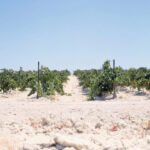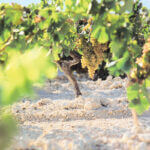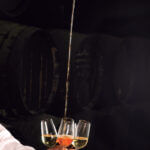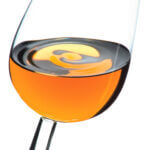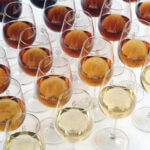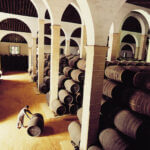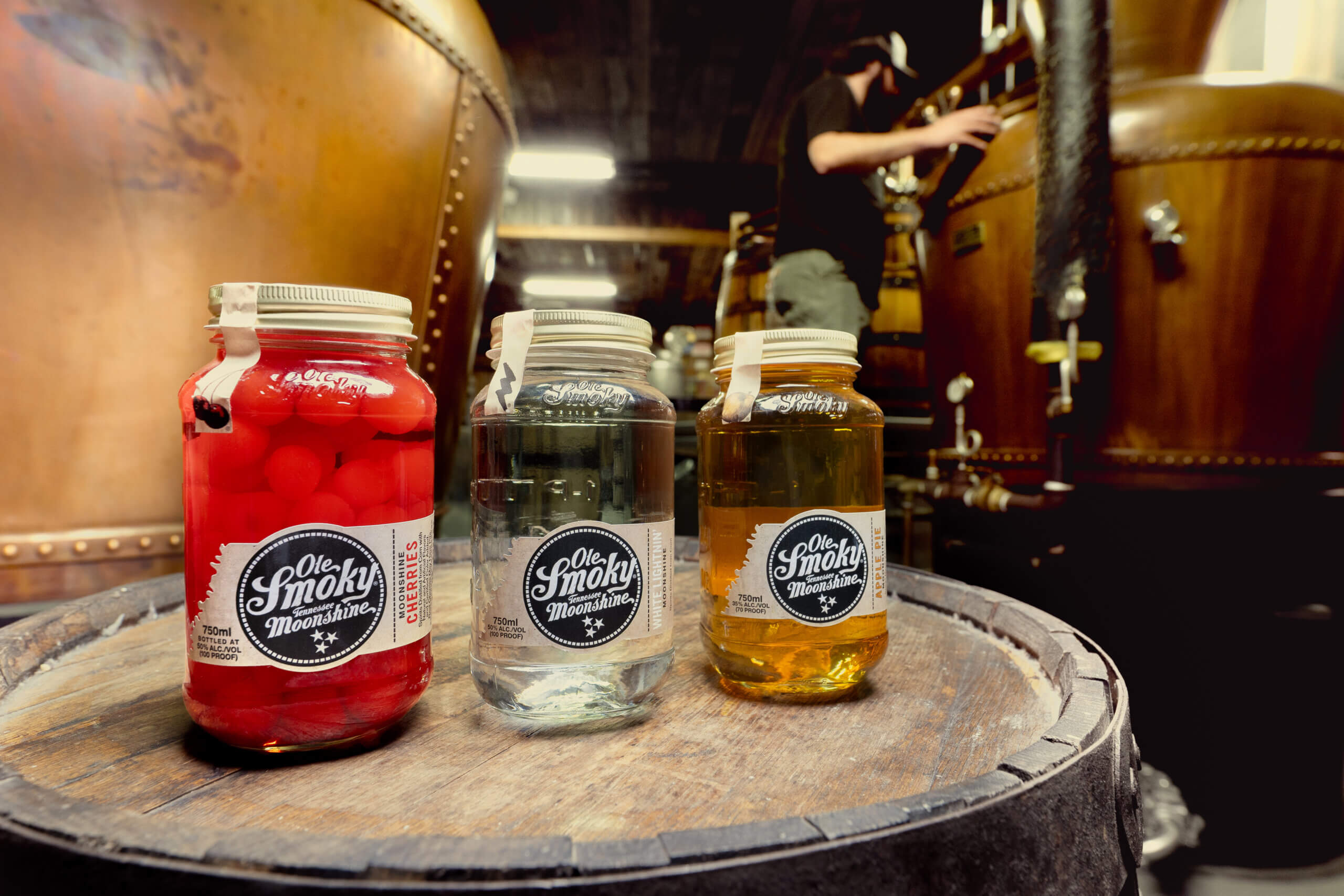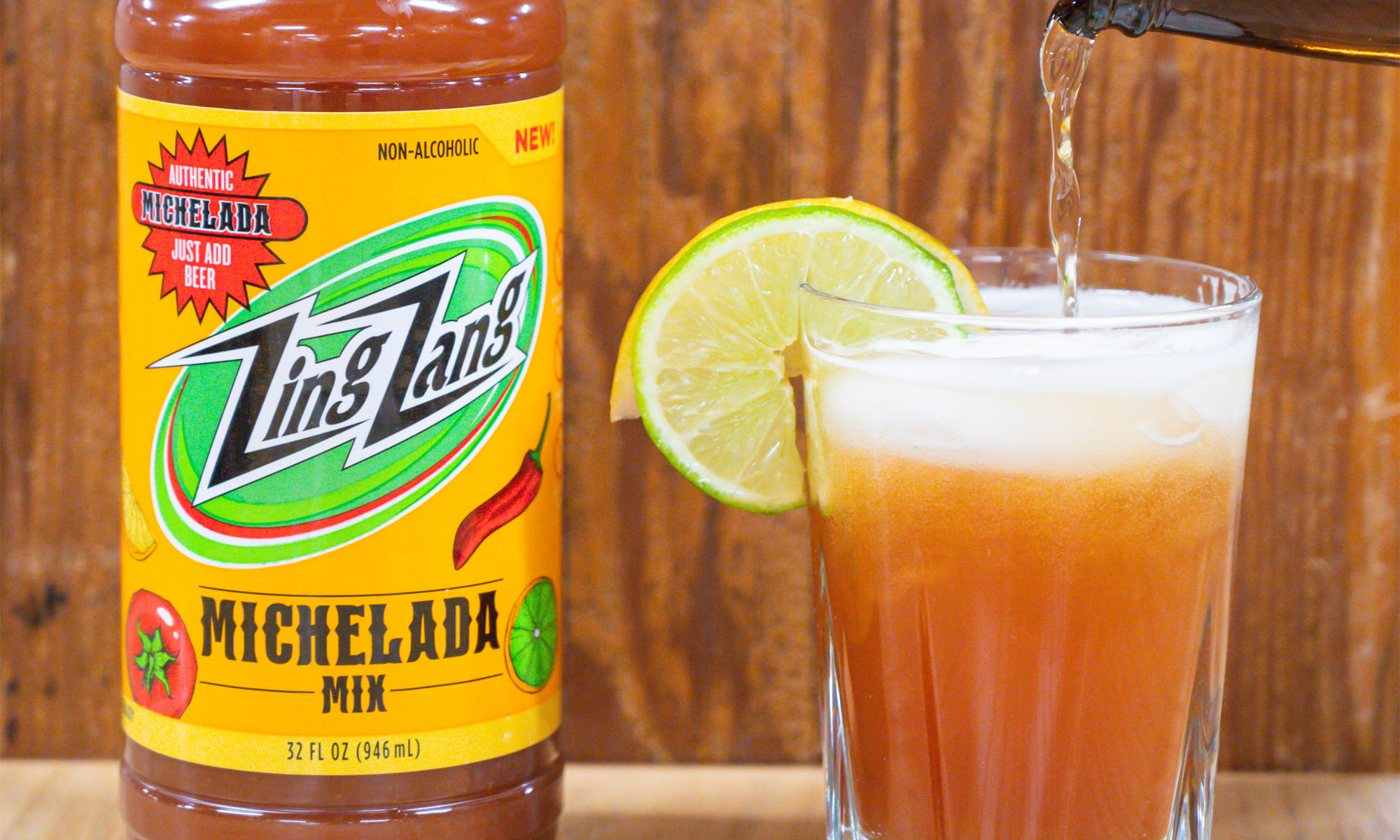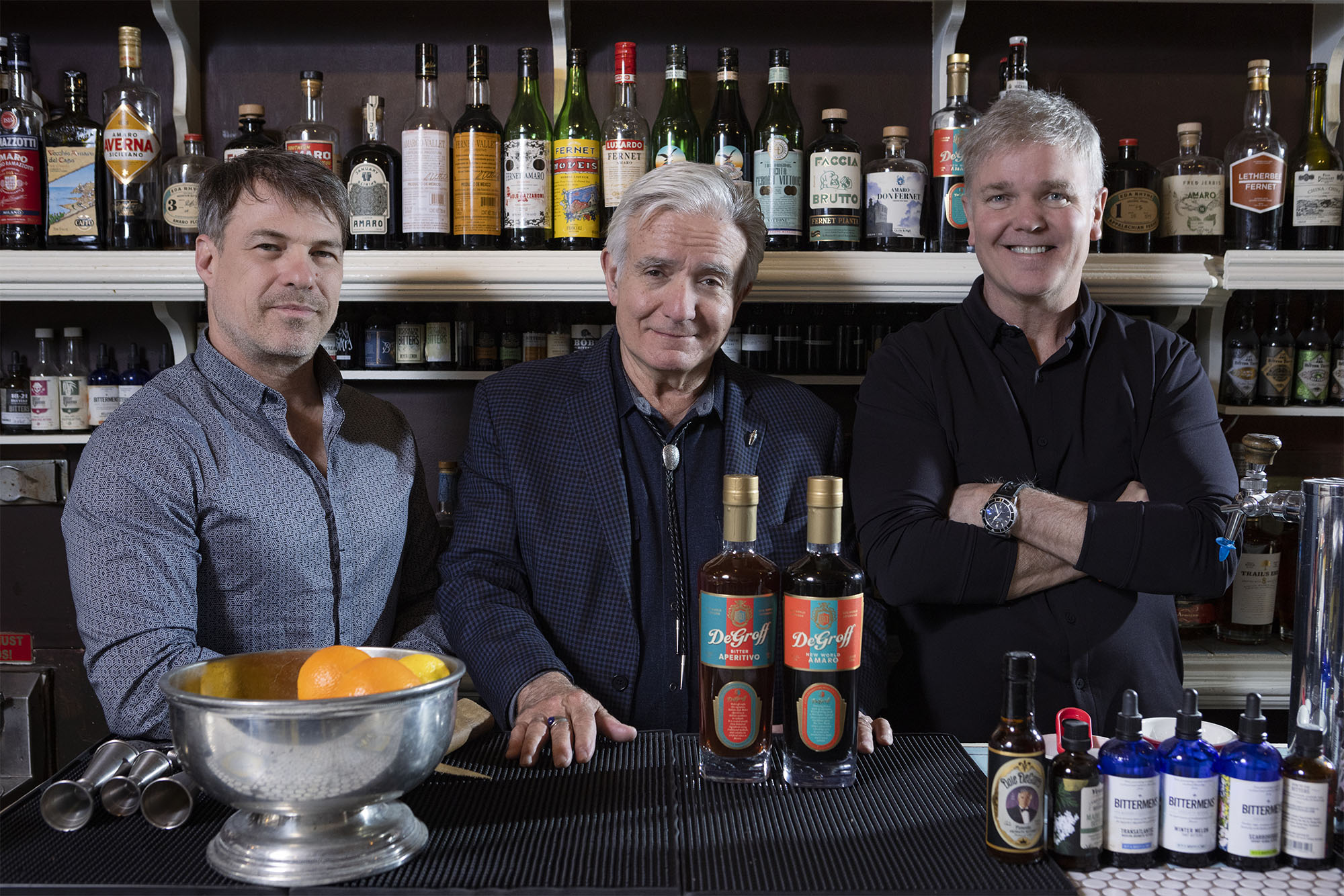The Most Perfect – and Overlooked – Wine Category in the World
By Chilled Magazine
Sherry Offers Quality, Versatility and Value.

Maybe it’s because you struggled through Edgar Allan Poe’s “Cask of Amontillado” in high school, or maybe you never really felt a connection with Frasier and Niles Crane who solved their world’s problems over a glass of sherry; whatever the reason, you’ve stayed away from sherry. If so, you’ve been missing out.
Sherry may be the most perfect wine category. With the variety of styles that fall within the official ‘Sherry’ designation you can go from light and dry to rich and sweet, and never need to drink anything other than sherry. And, if that versatility doesn’t impress you, think about this. No other wine can pair as effortlessly with everything from olives to fish to chocolate.
Paul Sanguinetti, certified sommelier and partner in the cocktail consultancy No Scruples, which pairs spirits education with charity efforts, challenges,
“Sherry lends itself to foods that everyday wines and other usual suspects won’t go with. Try and pair a real burgundy with something that’s high salt, high acid, high vinegar – it just doesn’t work.”
The quality of product and the value are there too. Andy Seymour, owner of cocktail/bar/spirits/wine consultancy Liquid Productions and former Sherry Ambassador to the United States notes, “It can’t be lost that most great sherry doesn’t hurt you in the wallet. A great sherry, like a Palo Cortado from Lustau at $21 — I’ll put that next to a 20-year old tawny port. The quality level… it’s not going to take a back seat to anything.”
If food pairing, high quality and a good value isn’t enough of an enticement to discover sherry, then maybe being a trendsetter is. Eric Hastings, Chef Sommelier at Jean-Georges in New York City observes, “There has been a push to bring this delicious wine back into popularity, but it is only working on a very small scale. The general public has not embraced the wine like we wish they would.”

To help the public better understand sherry, Seymour shares a couple of top line notes to help you get your head around what this style of wine is and what it isn’t. For instance, it’s not just an “old lady” drink. He explains,
“The things you need to know are relatively few: the fact that it is a fortified wine from Jerez; that it can only come from that part of the world and all the myriad things (terroir, climate, topography, etc.) that effect that. The best characteristic is its versatility; on a spectrum from driest to the sweetest wine you could ever taste, there’s something in that spectrum that appeals to everyone, making it really accessible. And, because of the acidity and the chalky soil, the byproduct of all that is that you get wines with great structure.”
That structure is found within all the styles of sherry that hit our shelves. Hastings breaks them down, describing the elegant Finos, rich Olorosos and mid-range Palo Cortados. He explains, ” Stylistically there are, in general, 3 types of sherry; Fino, Oloroso and dessert styles.”

Fino Sherries: “Fino sherries are always dry and on the lighter side. These are the most elegant in style and feature the classic aromas and flavors of flor aging. A very specific type of Fino, called Manzanilla, comes from Sanlucar de Barrameda. These types of sherry can add a nutty quality to a cocktail and also raise the acid level of the drink as well, as the grape they are produced from, Palomino, is prized for its acidity.”
Olorosso Sherry: “Oloroso sherries tend to be more rich in style. They can be dry-sweet, and have a very oxidative character as they did not develop flor [a layer of yeast cells that forms on top of sherry] during the initial stages of aging, so were fortified to a higher degree of alcohol (to dissuade any further yeast development) and are aged oxidatively in cask. These are usually produced from the Pedro Ximenez (PX) grape and the sweet wines have the addition of Dulce Pasa (the most common sweetening agent, though there are more available to the winemaker), which is a sweet wine made from sun-dried grapes. These sherries can impart a more robust character to a cocktail, or be used as a sweetening agent. Care must be taken when using sweet sherry in a cocktail, as it is considerably sweeter than simple syrup.”
Palo Cortado and Pale Cream: There is another style in between these two called Palo Cortado. This is a wine that starts off aging under flor, but for any number of reasons, diverts away from the biological aging under flor and converts to an Oloroso style. These used to be incredibly rare and expensive as no one really knew why it happened.
“Now, it seems that the amount of Palo Cortado available indicates the winemakers have figured out how to make it themselves. Many Palo Cortados are sold as an Almacenista, which means someone else bought the wine very young, aged it themselves in their own bodega, and sold the wine back to the winery for bottling and sale. This accomplishes two things; cash flow for the winery and consistency in aging. Pale Cream sherries are becoming popular with bartenders as they are a sweeter style made from blended Fino sherries.”
Whatever you reach for, there’s something to fit the bill. Even if you aren’t inspired to go back and read Poe as you sip it.
Brands to look for at retail/from your distributors:
- Alexander Jules
- Barbadillo
- Equipo Navazos
- Gonzales Byass
- Hidalgo
- Lustau
- El Maestro Sierra
- Tio Pepe
- Valdespino
- Williams & Humbert

